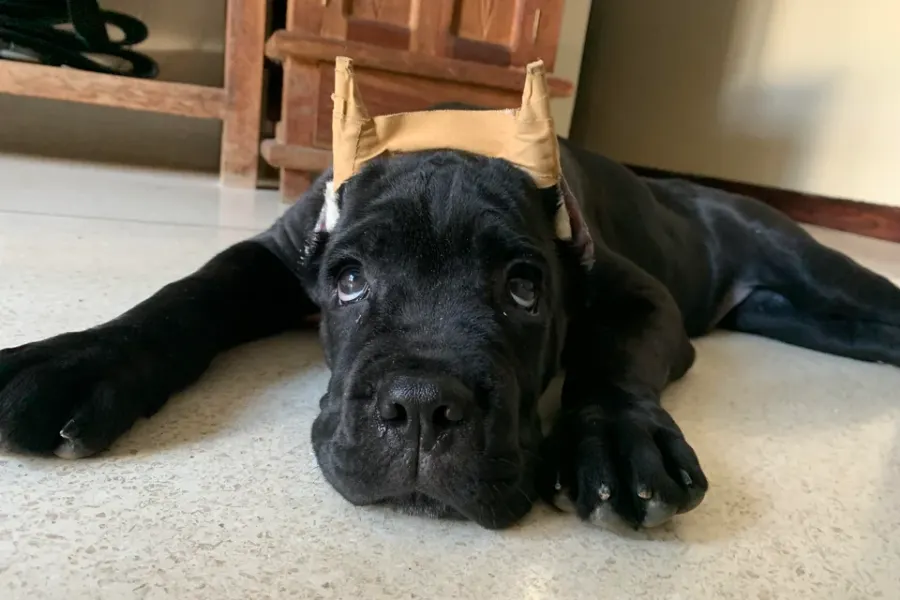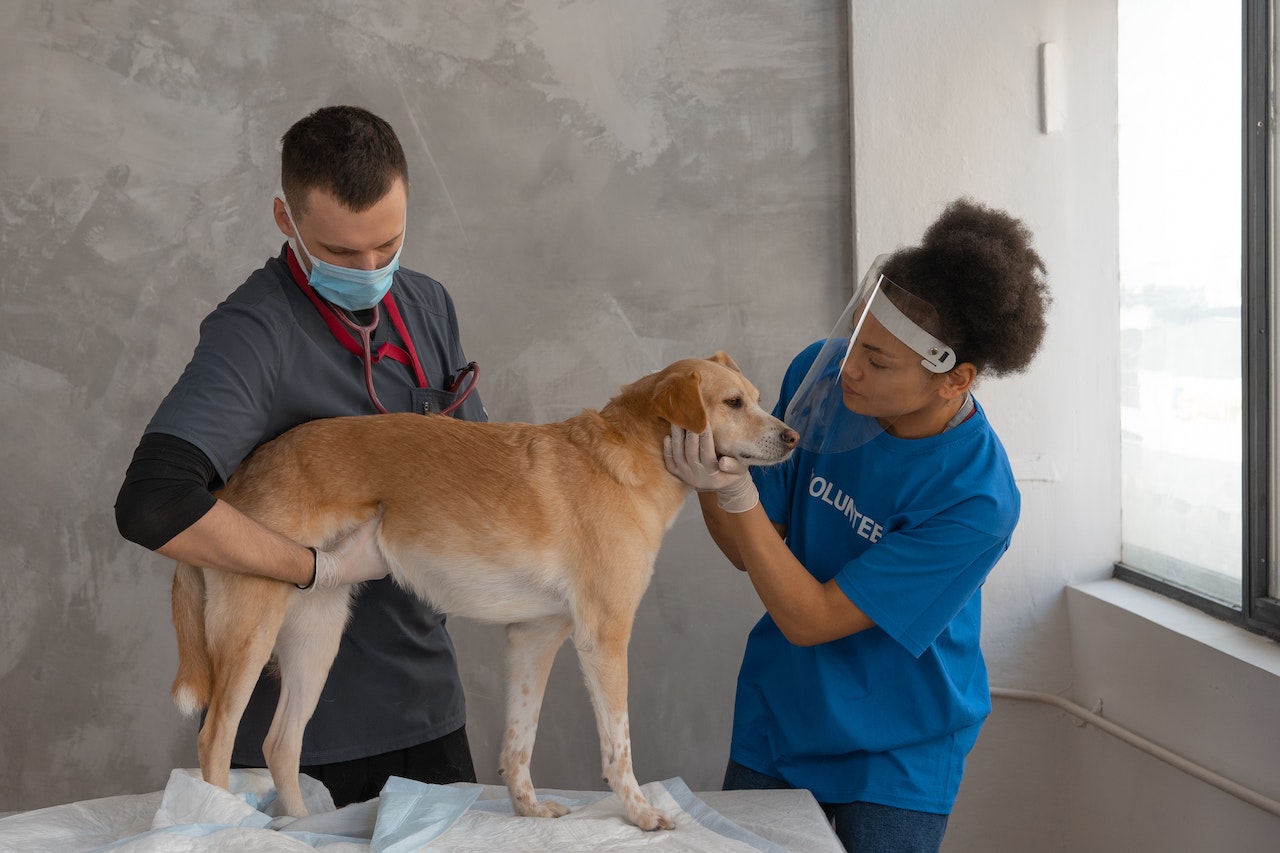
A majority of pet owners are familiar with ear infections in dogs however, ear injury can cause a variety of issues and causes discomfort for our furry companions.
The most typical reason for ear damage is an infection which can cause dogs to shake their head with a lot of force. Sometimes, this causes an ear tear and at other times, it creates an ear blunder. Any time your dog’s soft ears come into contact with anything sharp or rough like rough play, or walking through woods and being cut by a tree, can cause injuries to the ear.
The ear canals are extremely vascular, meaning that they have an abundance of blood flowing through the ears. It can be seen as a large amount of blood flowing from the smallest cut or tear. This can create an awful mess if your pet shakes his head when the ears are bleeding. The good thing is that he’s likely to shed enough liquid from his ear that he becomes sick, provided that you follow the proper measures to correct the problem.
Treating ear injury injuries in Dogs

Unfortunately, the ears are known for their insanity and poor healing due to dogs constantly moving their ears around and hindering healing. Scabs are a crucial initial stage of healing, but they are easily removed in the event that the pet shakes its ears. Then, the blood starts to flow out and you must begin the process over again.
In the same way, if there is a blood blister the simple act of draining it could not suffice. They are also known as auricular hemorrhages, they are often recurrent and require treatment by your veterinary doctor. Auricular hematomas, or blood-filled cysts, are generally located on the inner side of the pinna (the part that is soft and outside that covers the ears). They’re most likely to be seen in dogs that have thin ears. The veterinarian will drain the hematoma, and apply stitches to the blistered area to aid in helping the skin heal to the tissue underneath. This procedure is performed when your pet is anesthetized or sedated. The vet may also apply an intermittent drain, based on the size, location, and frequency with which your dog suffers from auricular hemorrhages.
To allow these kinds of wounds to heal the area has to be kept dry, clean and in a stable position. Simple to say, difficult to achieve. Bandages won’t stay on the ears of dogs and they can easily slip off If your dog scratched or shakes its head. Be patient. Dogs can be a bit reluctant to have their ears swaddled, however, it’s the only method to prevent the injury from happening again. You might have to get creative with different kinds of bandages for first aid or bandanas, sweatbands, or other items which can help ensure that your pet’s ears remain in place without becoming too obnoxious.
Certain people have found that snoods (a piece of fabric made to stop ears that are long from being able to get into water and food) are effective, however they don’t completely block the ears. It could be enough for your pet, but it is not the case for all breeds of dogs. It is possible that your dog will require a large amount of bandaging to cover tiny wounds However, don’t let it discourage you.
Another popular home remedy is to use a liquid bandage. However, it comes with a warning. In order to use it the wound has to be tiny, extremely dry, and clean. This is difficult to achieve at home. One of the last things you’d like to do is collect bad bacteria in the wound of your dog. Your vet and her team are equipped to cleanse the area and use powders to aid in the healing process before applying the liquid bandage material and wrapping it securely.
Other types of ear injuries in Dogs

There are many other factors that could cause a rash on your dog’s ears, which require different treatments. For instance, mange and biting fly bites can cause injury to the ears of your dog. Certain breeds (for instance Dachshunds) are more likely to suffer damage to the blood vessels in the pinna because of vasculitis. It is a very rare issue with the ear It is recommended to schedule an appointment with your vet when you suspect that your dog suffers from this condition.
There are many types of lumps that can be found on the ears of your dog are cancerous. The possibility of developing cancer on the skin could develop around the pinna. The blood vessels in the ear can become cancerous. If you spot any bumps or lumps on the dog’s pinna ask your veterinarian to inspect it, particularly when the lump is changing size shape, color, or shape or if it develops ulcers.
It is essential to get your dog examined by a veterinarian if your dog is injured in the ear particularly if you don’t know the cause or if it is recurring. There are numerous causes of ear injury that may appear the same. Your doctor is trained to pinpoint the root of the problem and to treat the problem appropriately.